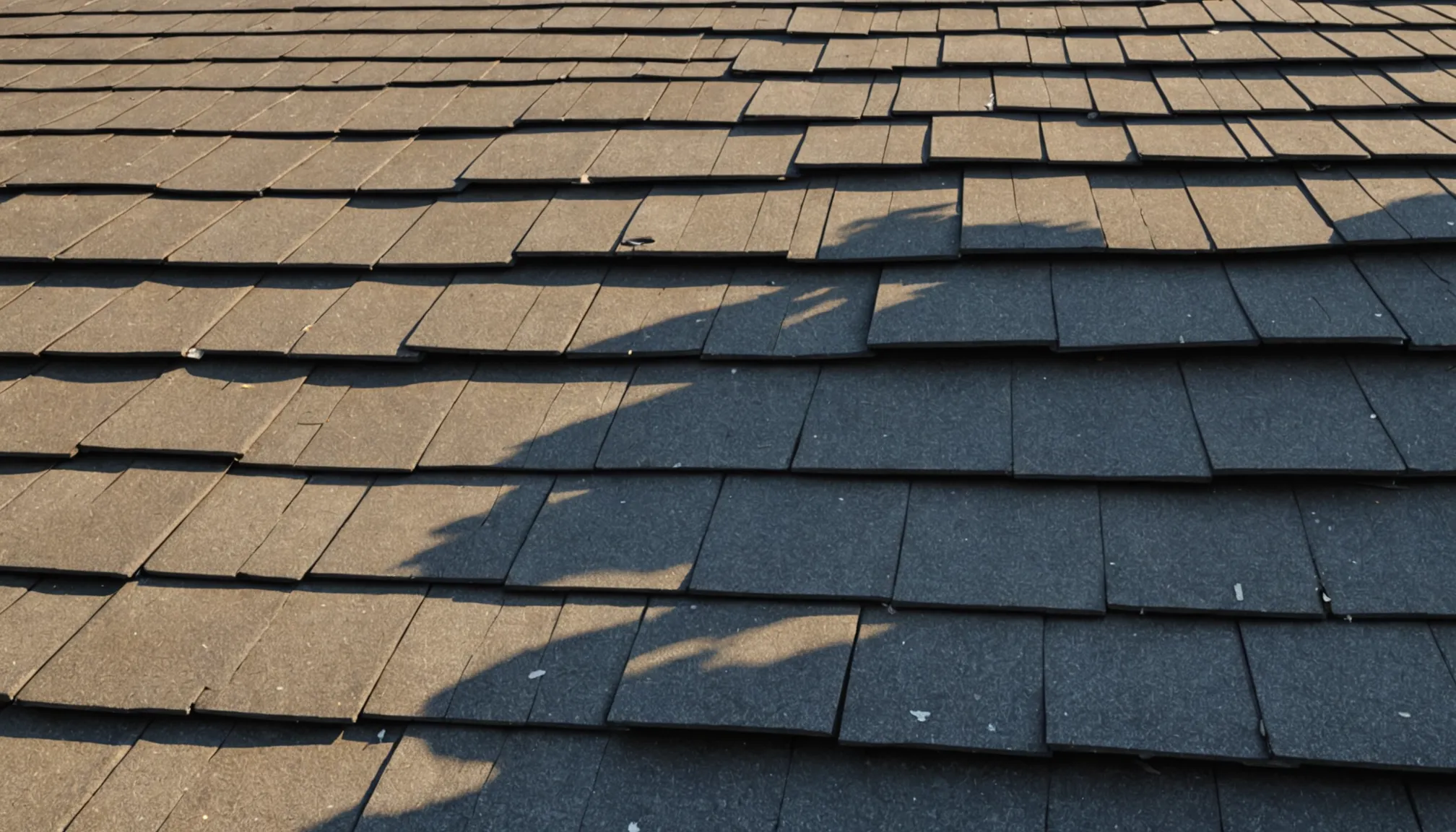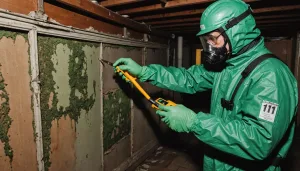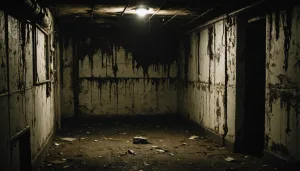One of the most apparent indicators that your roof requires immediate attention is missing or damaged shingles. These components play a crucial role in protecting your home from the elements, ensuring that the underlying structure remains intact. When shingles are missing, weakened, or broken, it compromises your home’s safety, making it vulnerable to water damage and other external factors.
Shingles can be damaged due to various reasons, including severe weather conditions, such as high winds, hail, or even prolonged sun exposure. Over time, the asphalt in the shingles ages and loses its ability to adhere effectively, which increases the risk of them being blown off or cracked. Hence, regular roofing inspections become an essential part of home maintenance tips to prevent such issues from escalating.
When evaluating your roof, pay close attention to the following signs:
- Cracks or curling along the edges of shingles
- Dark or patchy spots where shingles should be
- Exposed fiberglass matting or separating layers
- Nail pops or visible loose nails
The presence of these issues necessitates prompt action to prevent further deterioration. Ignoring missing or damaged shingles could result in leakage, leading to significant structural issues within your home, such as mold growth and compromised insulation.
Here’s a comparison table highlighting the urgency and potential consequences of addressing missing or damaged shingles versus ignoring them:
| Action Taken | Potential Outcomes |
| Immediate repair of missing/damaged shingles | Prevent water intrusion, maintain roof integrity, extend roof lifespan, and protect home safety |
| No action taken | Increased risk of leaks, structural damage, higher repair costs, and reduced home safety |
It’s advisable to engage with a professional roofing contractor for an accurate assessment and repair before the situation worsens. Additionally, incorporating routine roof inspections into your yearly maintenance schedule can help spot problems before they become significant, allowing you to maintain the durability and safety of your home efficiently.
Leaks and water damage
Water leaks and the resulting damage are a clear indication that your roof needs immediate attention. When water infiltrates your home, it can lead to significant problems that affect both the structure and safety of your residence. Here are the signs and steps to address leaks and water damage:
1. Identify the Source of Leaks:
– Begin by examining your ceilings and attic for any drips, wet patches, or stains. Water spots are often discolored and may look like a rusty or yellowish hue on the ceiling.
– Trace the stain or wet area upwards to find the origin of the leak. Check for compromised flashings around chimneys, vents, or skylights, as these are common entry points for water.
2. Inspect Roof Components:
– Once you have identified the general area of the leak, inspect the roofing materials for damage. Look for cracked or missing shingles and damaged flashing.
– Pay special attention to any seams or roof valleys where water might pool during heavy rains.
3. Evaluate Interior Damage:
– Inside your home, look for bubbling paint or wallpaper, musty smells, and signs of mold or mildew, which indicate prolonged water exposure.
– Check insulation within the attic for dampness, as wet insulation can lead to decreased energy efficiency and further water penetration.
4. Take Immediate Action:
– Place a bucket or absorbent towels under the leak to contain any water and prevent further ceiling or floor damage.
– If the leak is near electrical fixtures, turn off the electricity in the affected area to ensure home safety.
5. Plan for Repairs:
– Temporary fixes, such as tarping, can prevent further water entry, but it’s crucial to engage a professional roofing contractor for a long-term solution.
– A contractor will provide a thorough assessment and recommend necessary repairs, which may include replacing damaged shingles or repairing flashing.
6. Consider Preventive Measures:
– Incorporate regular roof and gutter maintenance into your home maintenance tips to prevent future leaks. This includes seasonal inspections to ensure the roof is in optimal condition and clearing gutters of any debris.
– Address minor roofing issues as they arise to maintain the structural integrity and safety of your home. Small repairs can prevent costlier damage in the future.
By taking these steps to address leaks and water damage, you not only uphold your home’s structural health but also safeguard its inhabitants against potential hazards like mold growth. Prompt attention and ongoing maintenance are integral to keeping your roofing system in top condition.
Sagging or uneven roof lines
If you’ve noticed a sagging or uneven roof line, it’s a sign that your roof may be at risk and requires immediate attention. This issue can arise from multiple causes, including structural damage or significant water infiltration, both of which can compromise the overall safety of your home. Recognizing these problems early on is essential for ensuring the integrity of your roofing system and maintaining the structural health of your property.
A sagging roof often indicates that there is a load-bearing issue. It might be a result of excess weight—such as accumulated snow or rainwater due to poor drainage—or a failure in the roofing materials or wooden structural support beneath. In older homes, weakened rafters or trusses may give way over time, leading to a concave appearance rather than the ideal straight roofline. If left unattended, the sagging could worsen, leading to leaks and further structural damage.
Immediate measures should be taken to diagnose and address the underlying issues causing the sag. Engaging a professional roofing contractor is advised, as they can conduct a thorough inspection to determine if the problem lies with the inner structure, such as the attic supports or decking, or the outer layers of the roof. This professional assessment will guide you toward the appropriate steps for repair, ensuring the roof can support its intended load and protect the home from external elements.
Beyond structural concerns, sagging can result from prolonged water damage, which might suggest that water has been pooling and seeping into the structure for some time. If water isn’t properly drained, not only will it add weight to the roof, but it can also lead to wood rot and the potential for mold growth within the roof and attic. Addressing this requires targeted maintenance interventions and potentially upgrading drainage solutions, such as enhanced gutters or ensuring that all roofing surfaces have an adequate slope.
The sooner these issues are addressed, the more you reduce the risk of escalating problems that can lead to costly repairs or even complete roof replacement. Furthermore, maintaining your roof and attending to visible and suspected issues promptly ensures your home’s resale value remains high. Employing regular maintenance tips, such as seasonal inspections and addressing any visible sagging immediately, not only maintains a balanced roofline but also contributes significantly to home safety.
In conclusion, assessing and repairing sagging or uneven roof lines is crucial for preventing potential hazards and ensuring your home remains a safe, comfortable environment. Prioritizing your home’s roof integrity through vigilant surveillance and timely intervention is key to fostering a durable and resilient living space.
Granules in gutters
Discovering granules in your gutters might seem like a minor issue, but it’s actually a significant indicator that your roof may require immediate attention. Roof shingles are typically coated with protective granules that play an essential role in safeguarding against the sun’s UV rays and weather elements. Over time, shingles endure wear and tear, often shedding these granules into the gutters. This phenomenon, while common, signals that the protective layer of your shingles is deteriorating, which can compromise the overall safety of your home.
As you check your gutters, observe the accumulation of these granules. A substantial presence suggests that your shingles are nearing the end of their service life. This process accelerates as the roofing materials age or undergo harsh weather conditions, leading to a reduction in the shingle’s ability to protect your home effectively. Without the granules, shingles are exposed directly to the elements, reducing the roof’s durability and increasing the risk of leaks and water damage.
To address this, consider incorporating regular observations of your gutters as part of your home’s maintenance routine. It’s wise to undertake seasonal inspections. During these inspections, be sure to clean and clear your gutters of debris to maintain proper water flow and prevent blockages.
By integrating these maintenance tips and keeping your gutters free of granule buildup, you not only enhance the longevity of your roofing but also reinforce your home’s safety. If you notice excessive granule loss, seek the expertise of a roofing professional for a thorough inspection. They can assess the condition of your shingles and guide you on necessary repairs or replacements, ensuring your home remains well-protected against further weather damage. Regular maintenance not only helps to maintain home safety but also prolongs the efficiency of your roof, ultimately preserving the structural integrity of your property.
Moss or algae growth
Moss or algae growth on your roof is another clear signal that your roof might need immediate attention. While these growths can give a house a quaint, overgrown appearance reminiscent of a fairy tale, they are more harmful than they appear. Moss and algae tend to retain moisture, which can cause significant damage over time if left unchecked. This trapped moisture can lead to the decay of roofing materials, eventually causing rot and leaks.
Moss typically thrives in shaded, damp environments, often taking hold on the north-facing parts of roofs or beneath overhanging tree branches. If you notice patches of green on your shingles, it’s essential to act swiftly, as moss can work its way between shingles, prying them apart as it expands. This process creates entry points for water, further compromising your roof’s integrity.
Algae, on the other hand, usually appears as dark streaks or stains that run down the roof. Though not as immediately destructive as moss, algae can still damage the protective layer of granules on shingles over time. This deterioration hastens the aging of shingles and can leave them vulnerable to UV damage and the elements.
To prevent moss and algae from damaging your roof, incorporating consistent maintenance tips into your routine is crucial. Regularly trim any overhanging branches to allow sunlight to reach your roof’s surface, reducing the damp, shaded environment these growths thrive in. Additionally, consider installing zinc or copper strips on your roof’s ridges. As rainwater washes over these strips, trace amounts of metal are released onto the roof, inhibiting the growth of moss and algae.
For existing growths, a gentle cleaning solution can be applied, specifically designed for moss and algae removal, using a soft-bristle brush to avoid damaging shingles. However, it’s often best to consult a professional roofing contractor to handle severe infestations, as they can provide a comprehensive solution without risking further damage.
In conclusion, being vigilant about these common signs can help ensure your roof remains in optimal condition, protecting the structural integrity and safety of your home. Regular inspections and prompt repairs are invaluable maintenance tips that prevent minor issues from escalating into costly problems. By prioritizing your roof’s health, you’re not only safeguarding your investment but also ensuring a safe and comfortable home environment.






